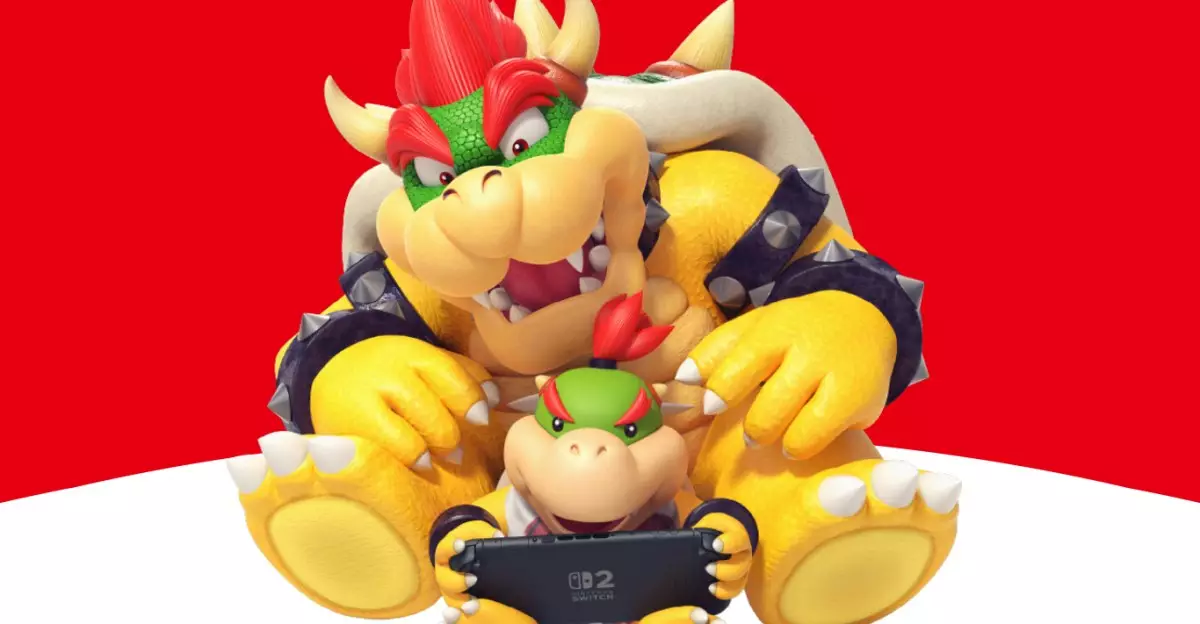In an age where digital interactions are becoming increasingly prevalent among youth, the responsibility of guiding children through their online experiences rests heavily on parents’ shoulders. Nintendo recognizes this weight and has stepped up its game with the release of the Nintendo Switch 2, bringing along a suite of enhanced parental control features. These new tools are designed not only as protective measures but also as empowering resources for families navigating the complexities of gaming and social interactions in a digital world.
Dynamic Control Features for a Safer Gaming Environment
The Nintendo Switch Parental Controls app has undergone significant improvements, especially in relation to the GameChat feature, making it essential for parents to stay engaged with their children’s gaming habits. With these updates, it is now mandatory for parents or guardians to provide direct consent each time a player under the age of 16 initiates a video chat. Furthermore, the ability to curate a list of approved friends ensures that children are communicating within a safe network, effectively minimizing the potential risks associated with unmonitored interactions.
The app also introduces a noteworthy functionality that allows parents to leave notes for each friend in their child’s gaming roster. This feature not only aids memory for caregivers but also promotes transparency regarding who their children are engaging with online. The combination of these digital tools signals a move towards a more structured and mindful gaming environment, where children can enjoy their favorite pastimes while parents maintain a vigilant eye.
Strict Safeguards: Balancing Freedom and Safety
Despite the evident strides made, one might argue that Nintendo’s approach borders on paternalism. The requirement for parental approval for every single video chat raises questions about autonomy and trust between children and their guardians. While the intention is undeniably commendable—prioritizing safety in a landscape fraught with potential dangers—the methodology could inadvertently foster a sense of over-surveillance. It is crucial for parents to navigate this balance delicately, allowing their children the freedom to develop social skills while maintaining guidelines that ensure safety.
Additionally, the detailed history that the app provides on children’s GameChat usage serves as both a blessing and a curse. While it allows parents to track interactions and duration, it can also encourage an intrusive mindset where every online move is monitored. Instead, fostering open dialogues about their gaming experiences might be a healthier approach. Encouraging discussions around online friendships and gaming habits could guide children in understanding the importance of digital safety without infringing upon their privacy.
A Call for Parental Engagement in the Gaming Sphere
As the trends of gaming continue to evolve, so too does the necessity for parents to engage actively in their children’s digital lives. The advancements made by Nintendo are unequivocally a step in the right direction, but relying solely on technology will not suffice. Parents must be proactive in understanding the games their children are playing, the nature of their interactions, and the underlying themes that these gaming environments present. By becoming more informed, they can better guide their children in making safe and responsible choices in an increasingly connected world.

